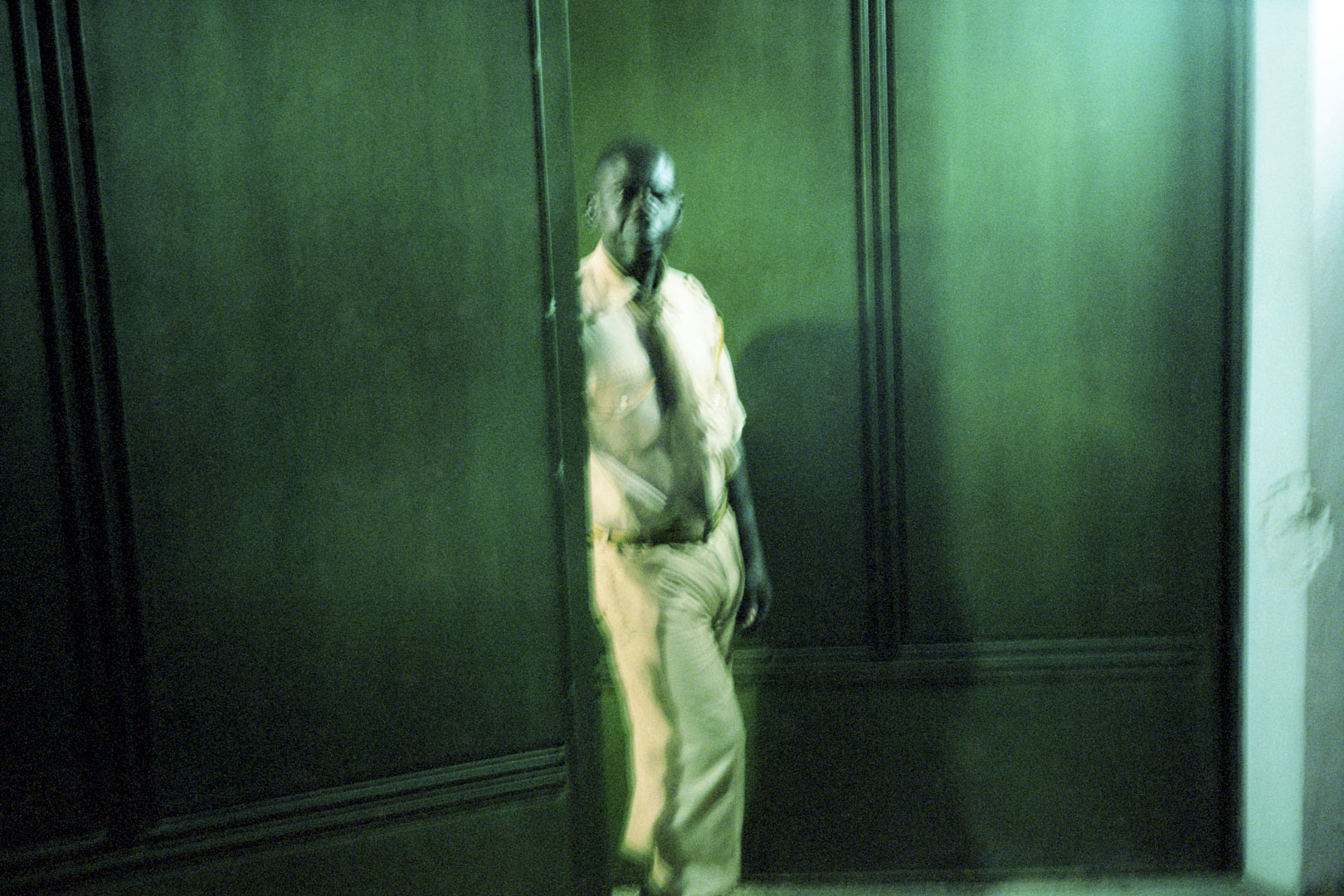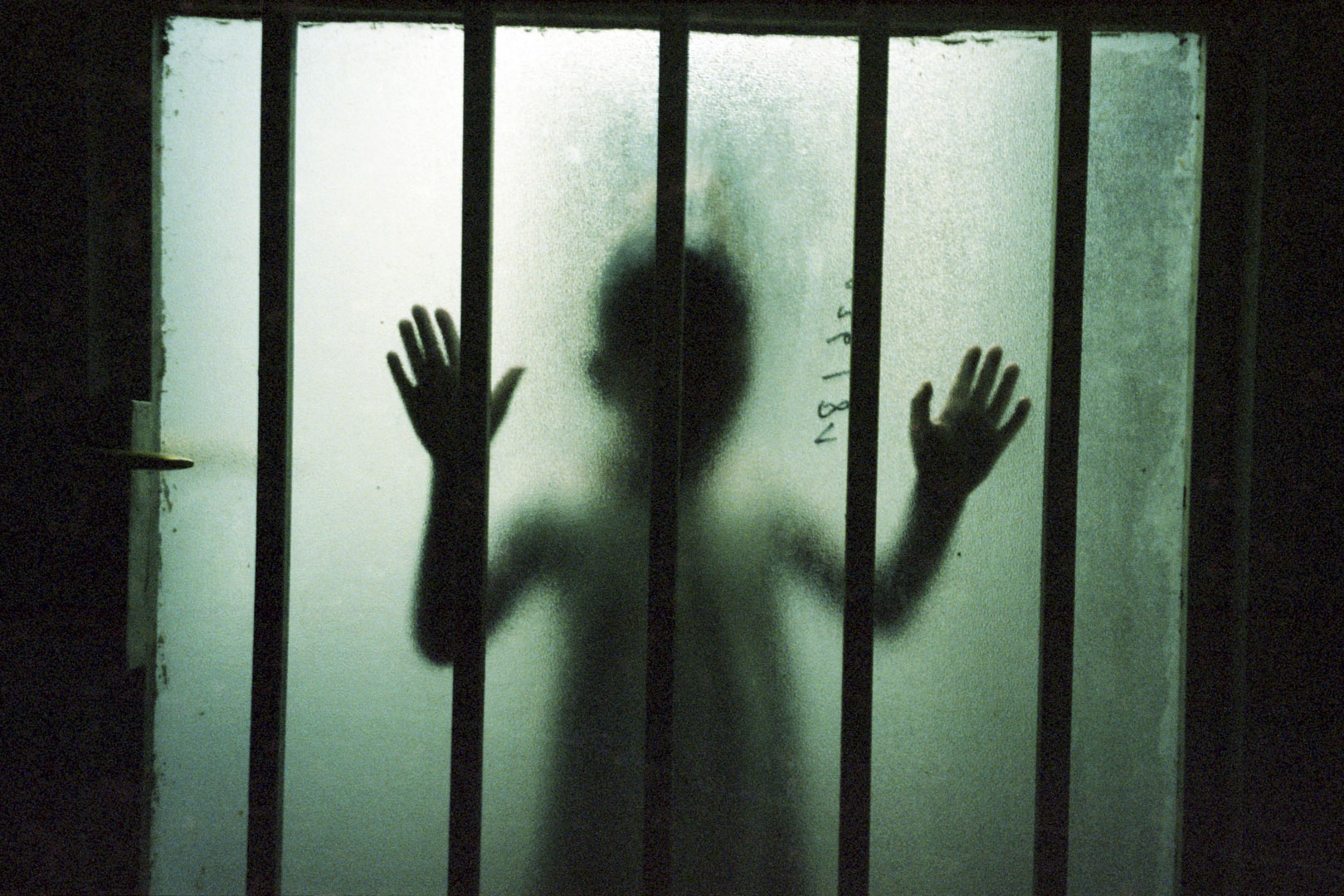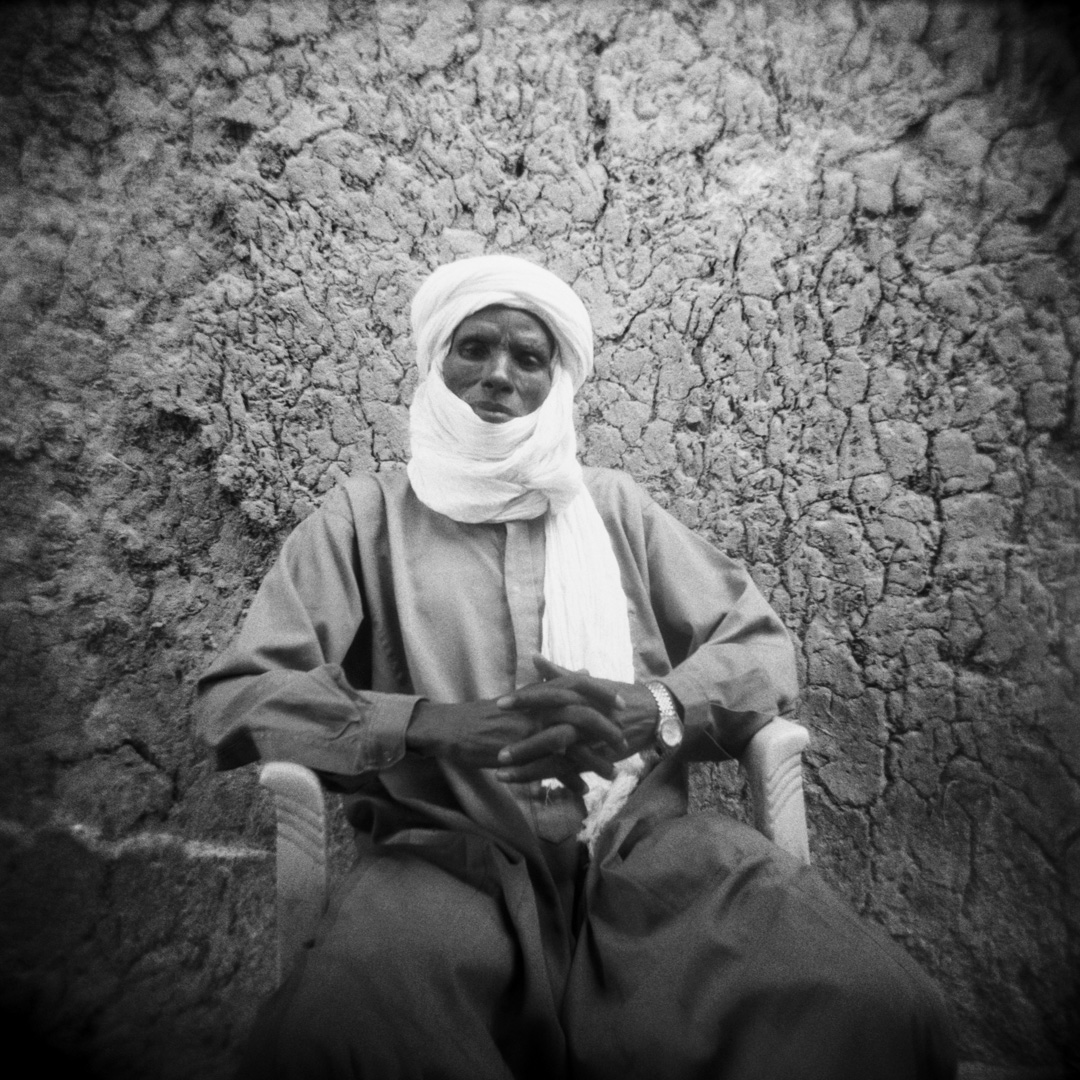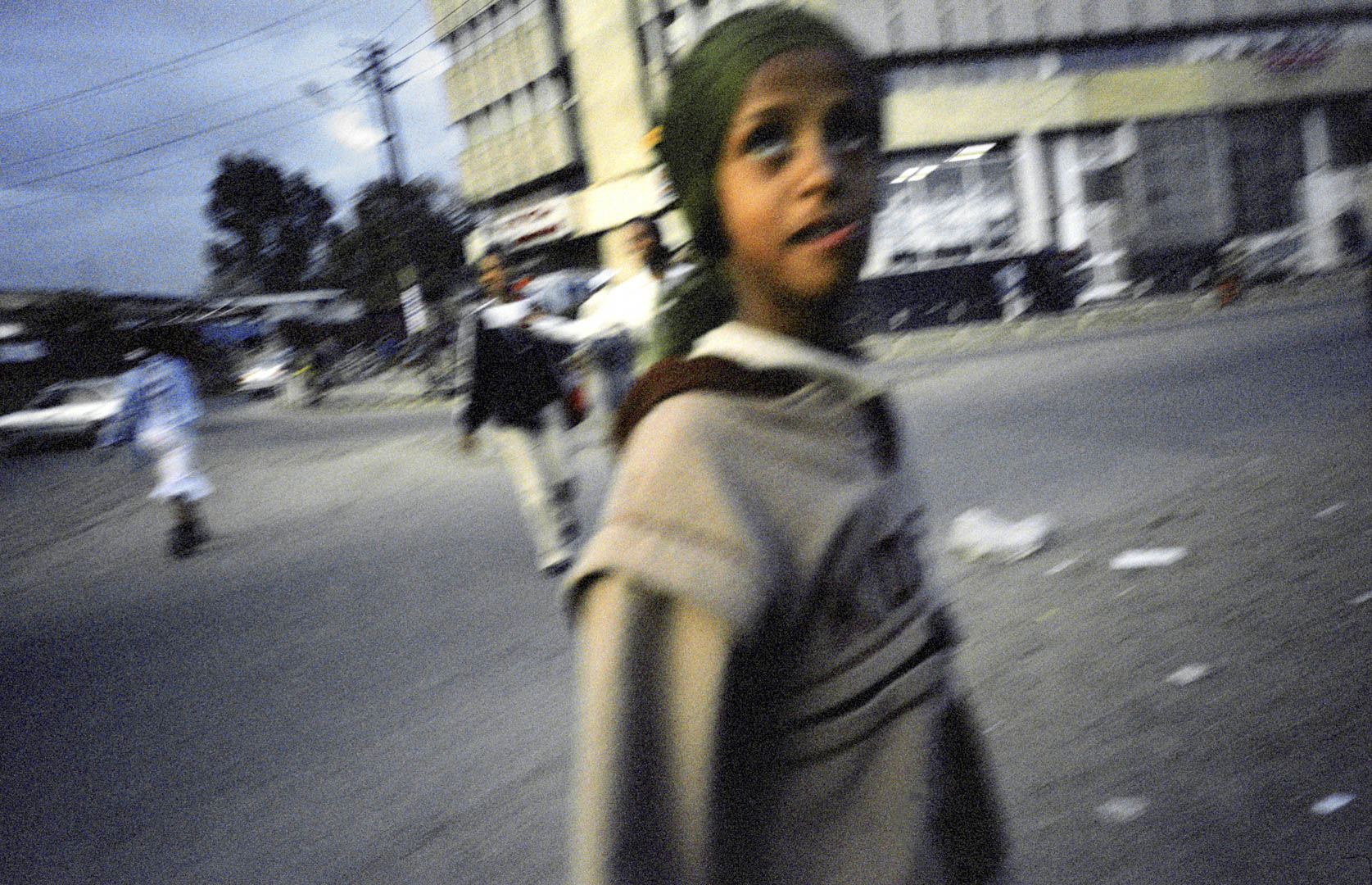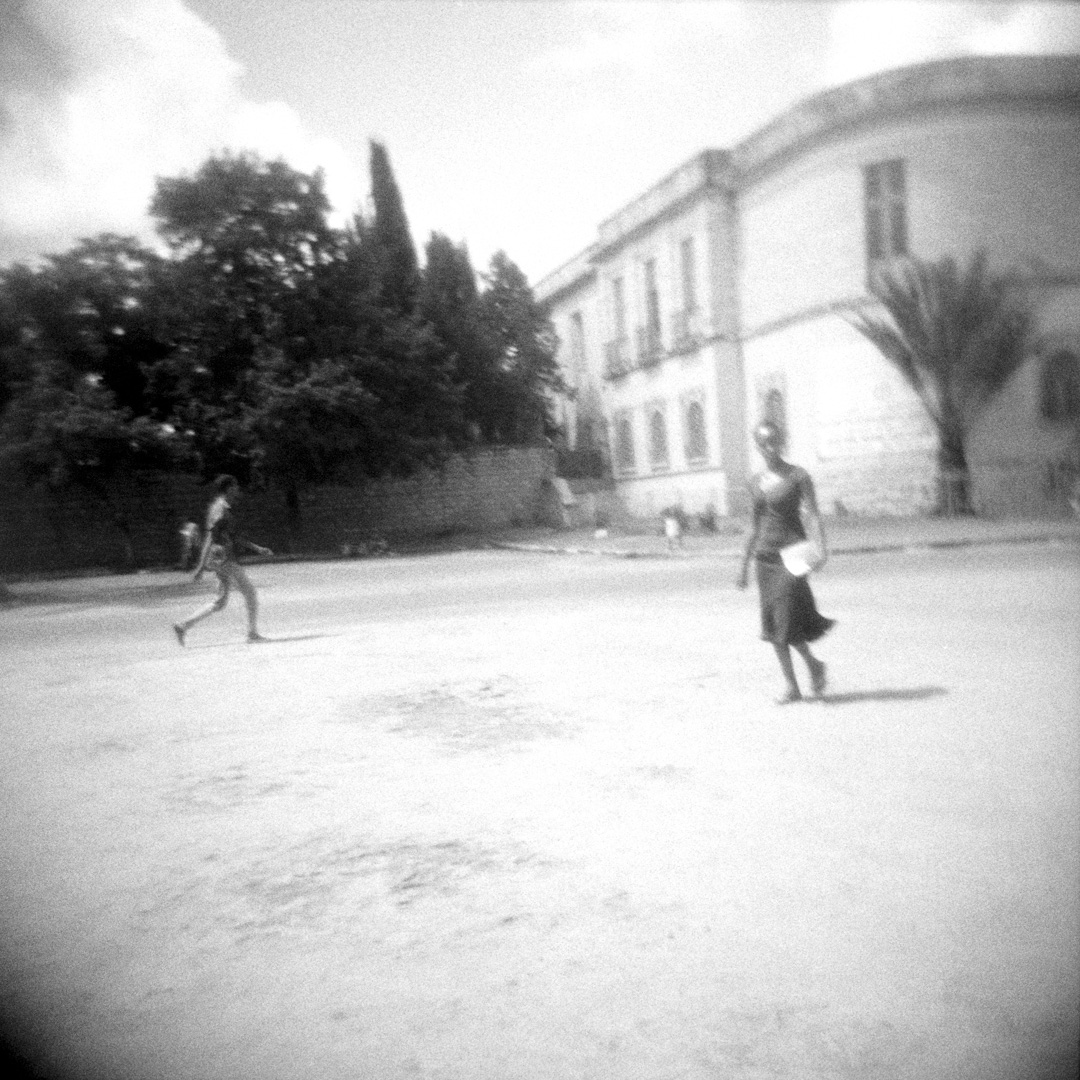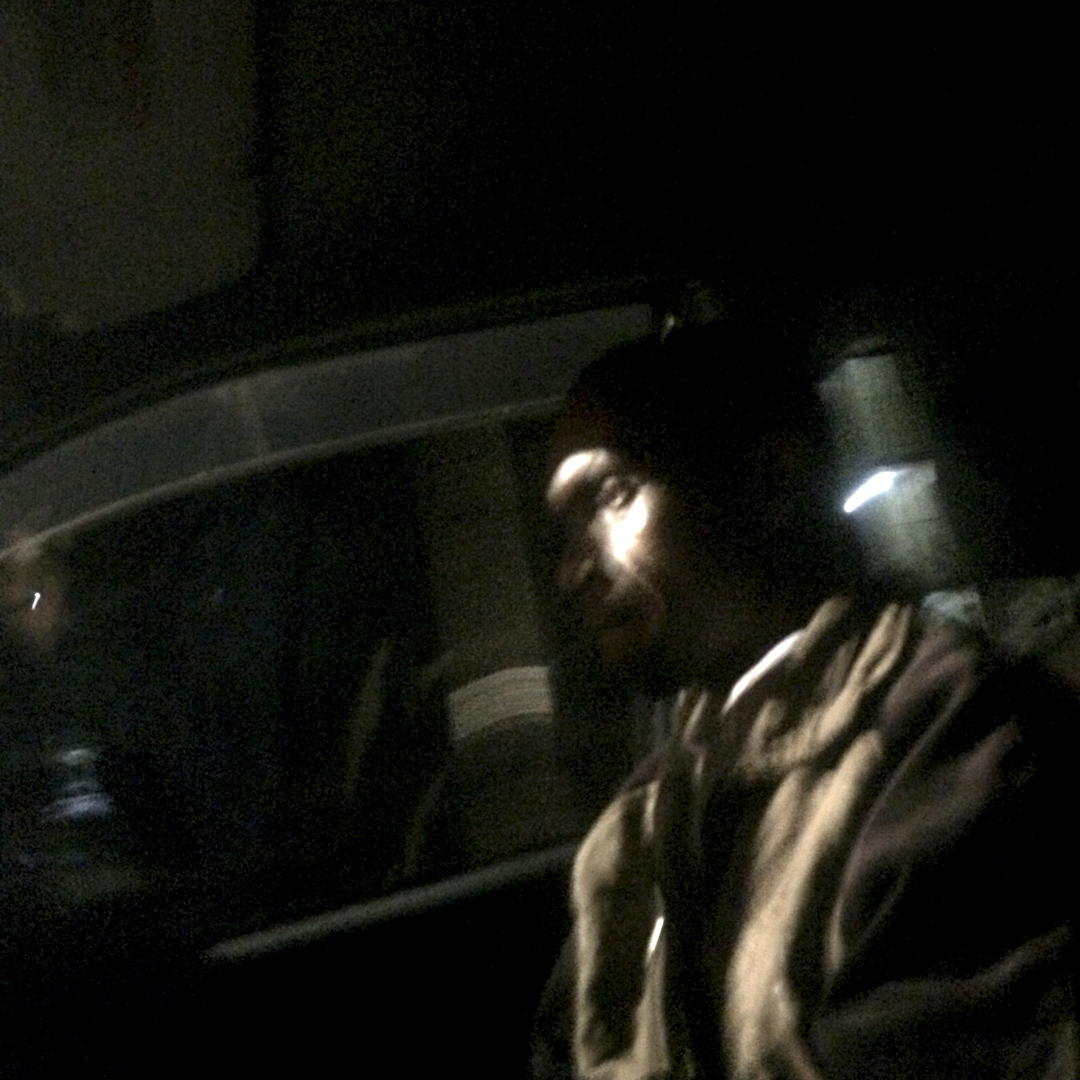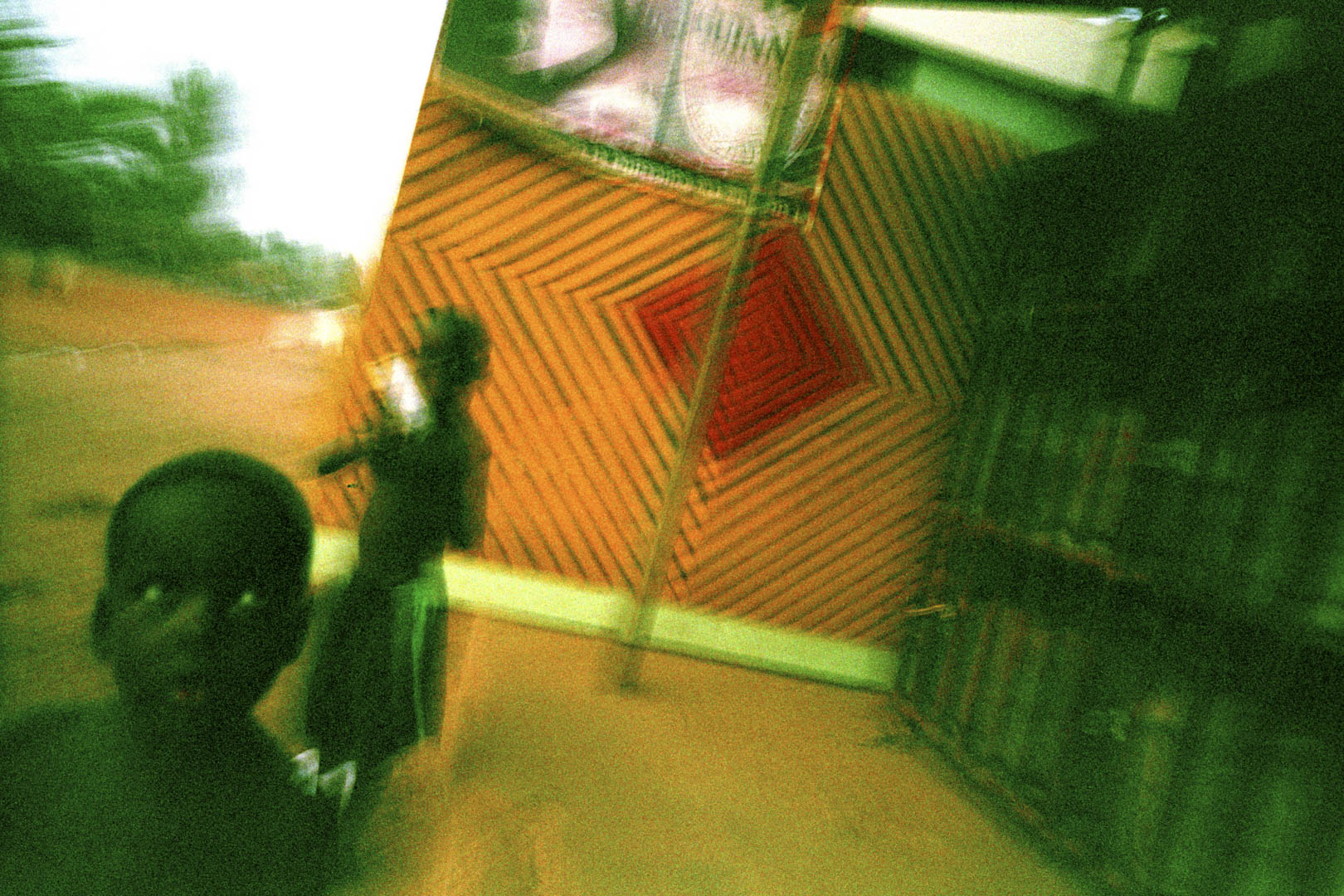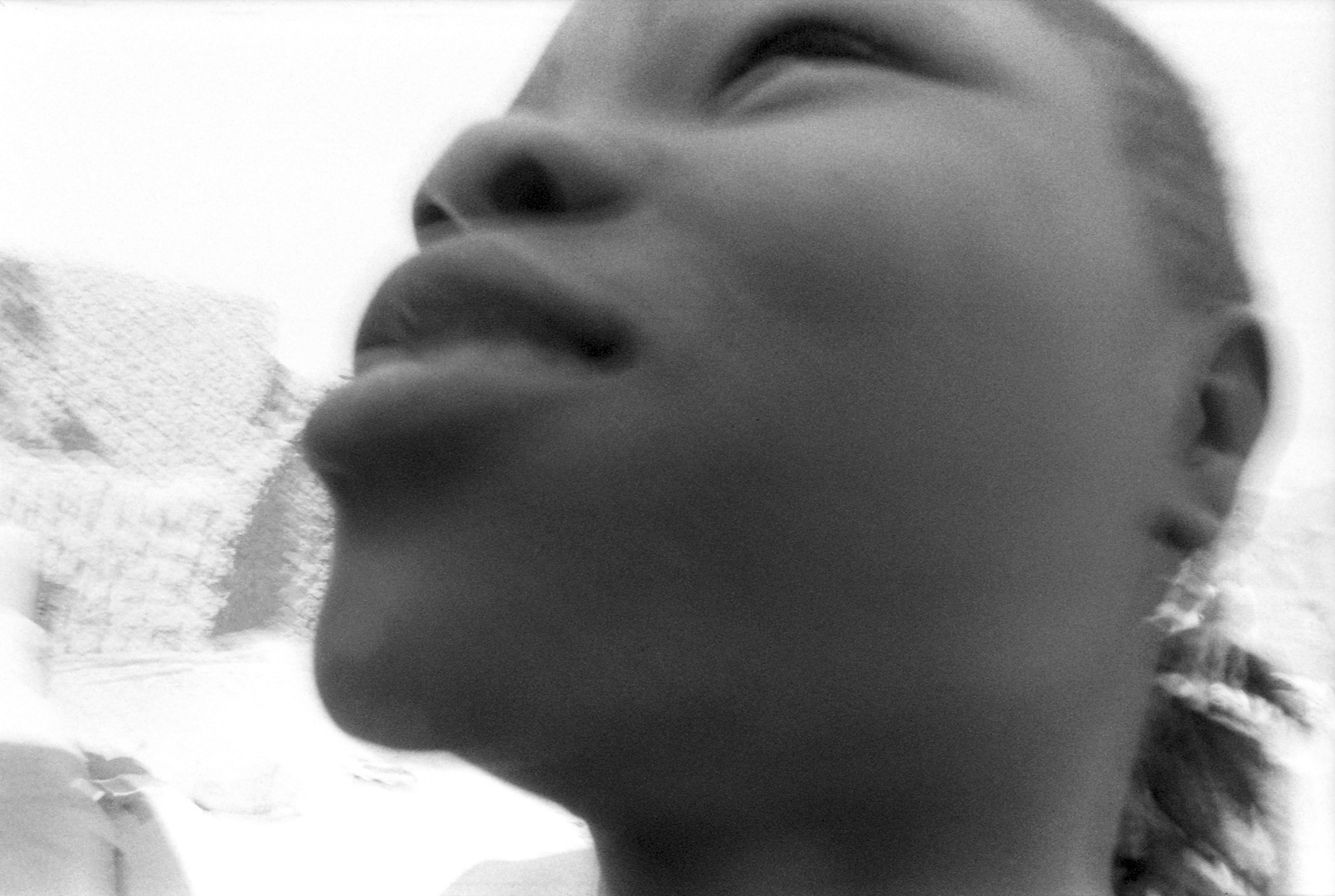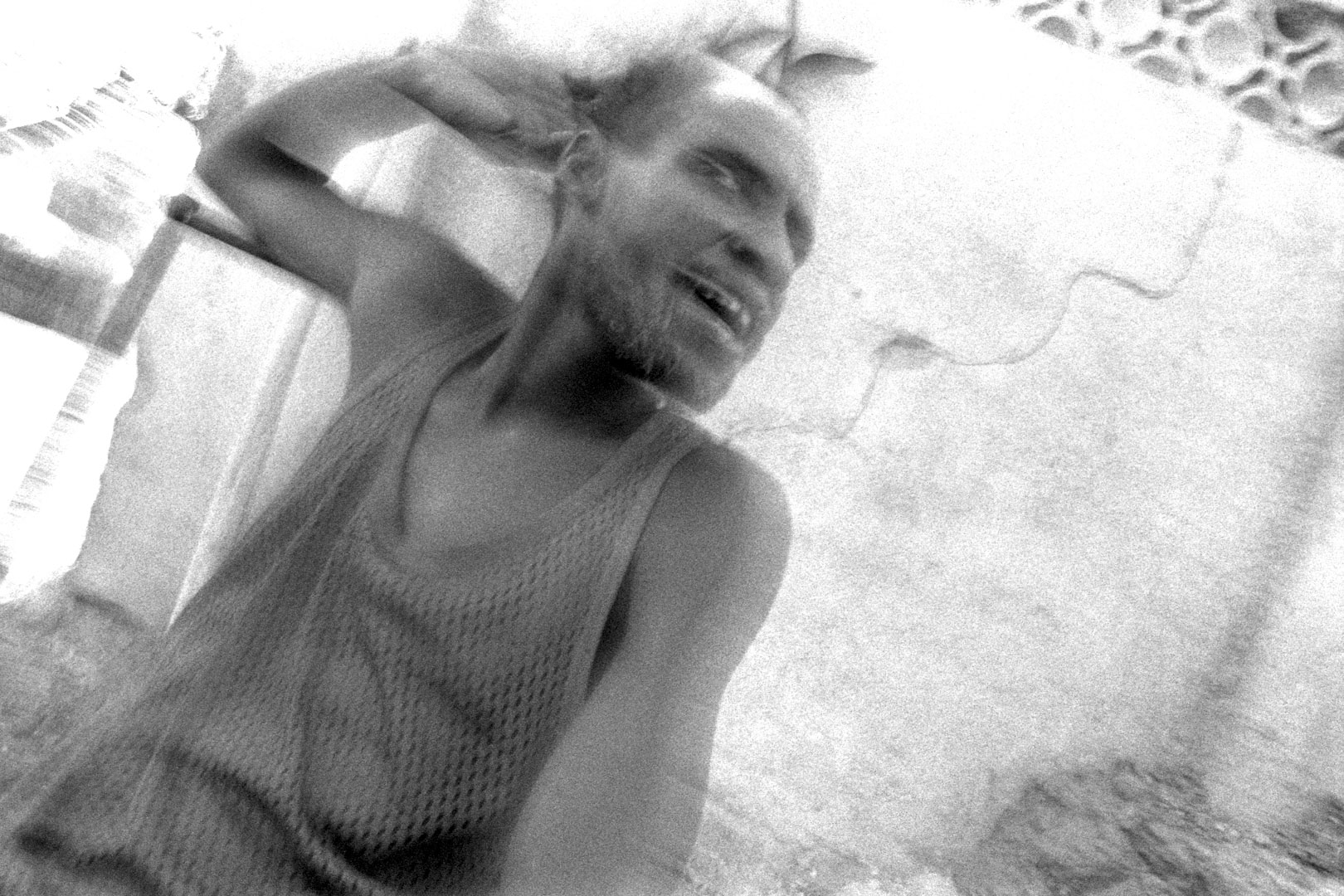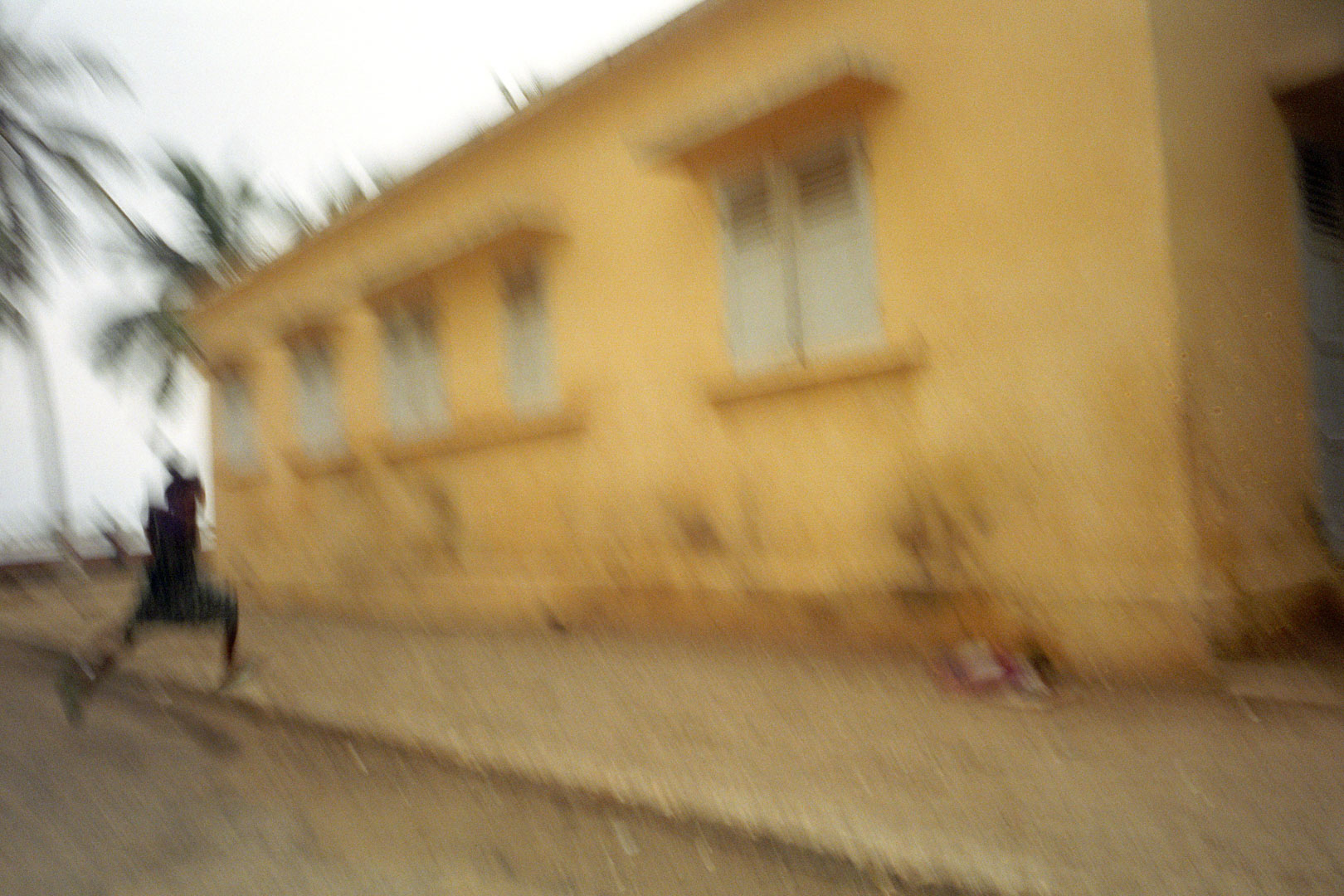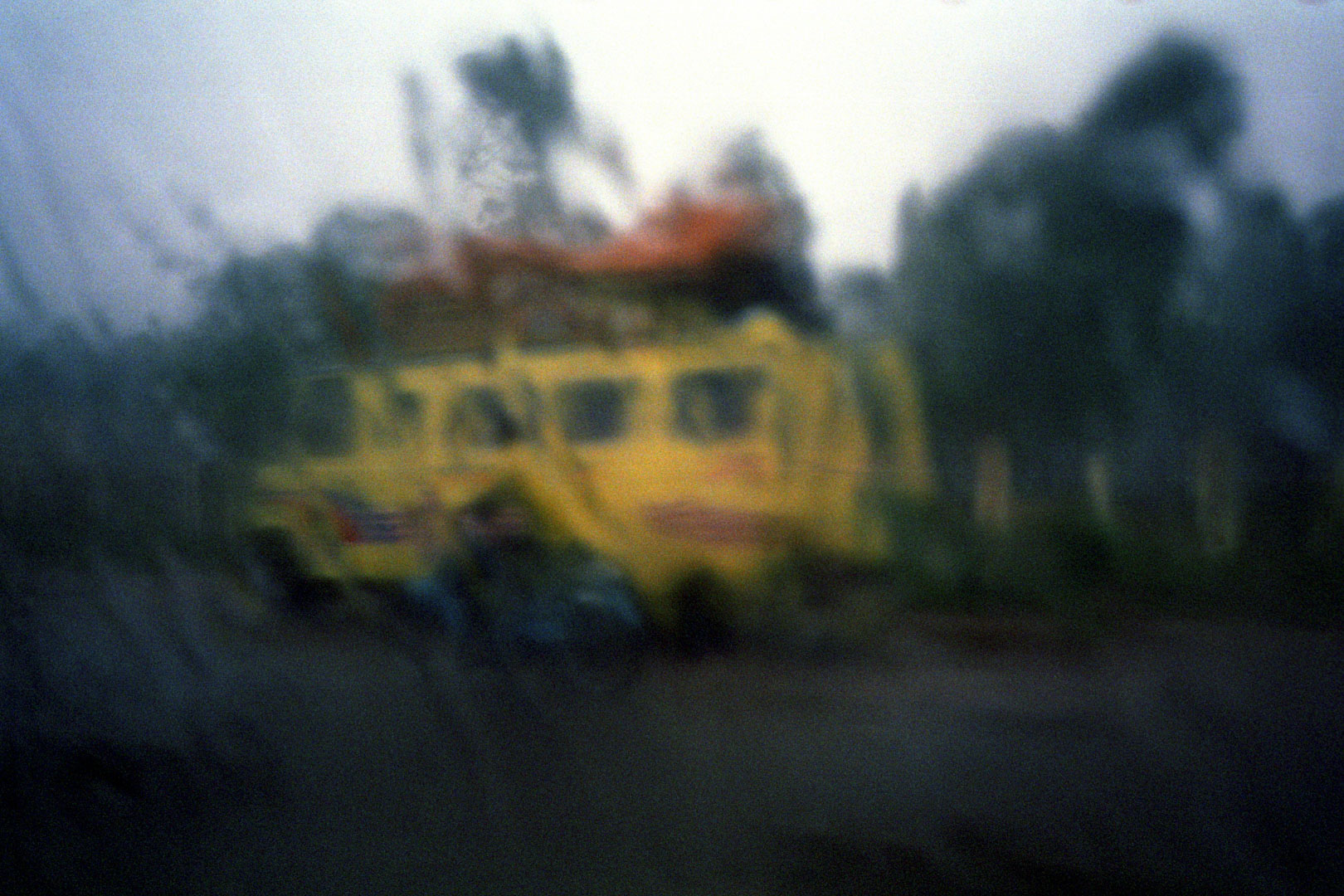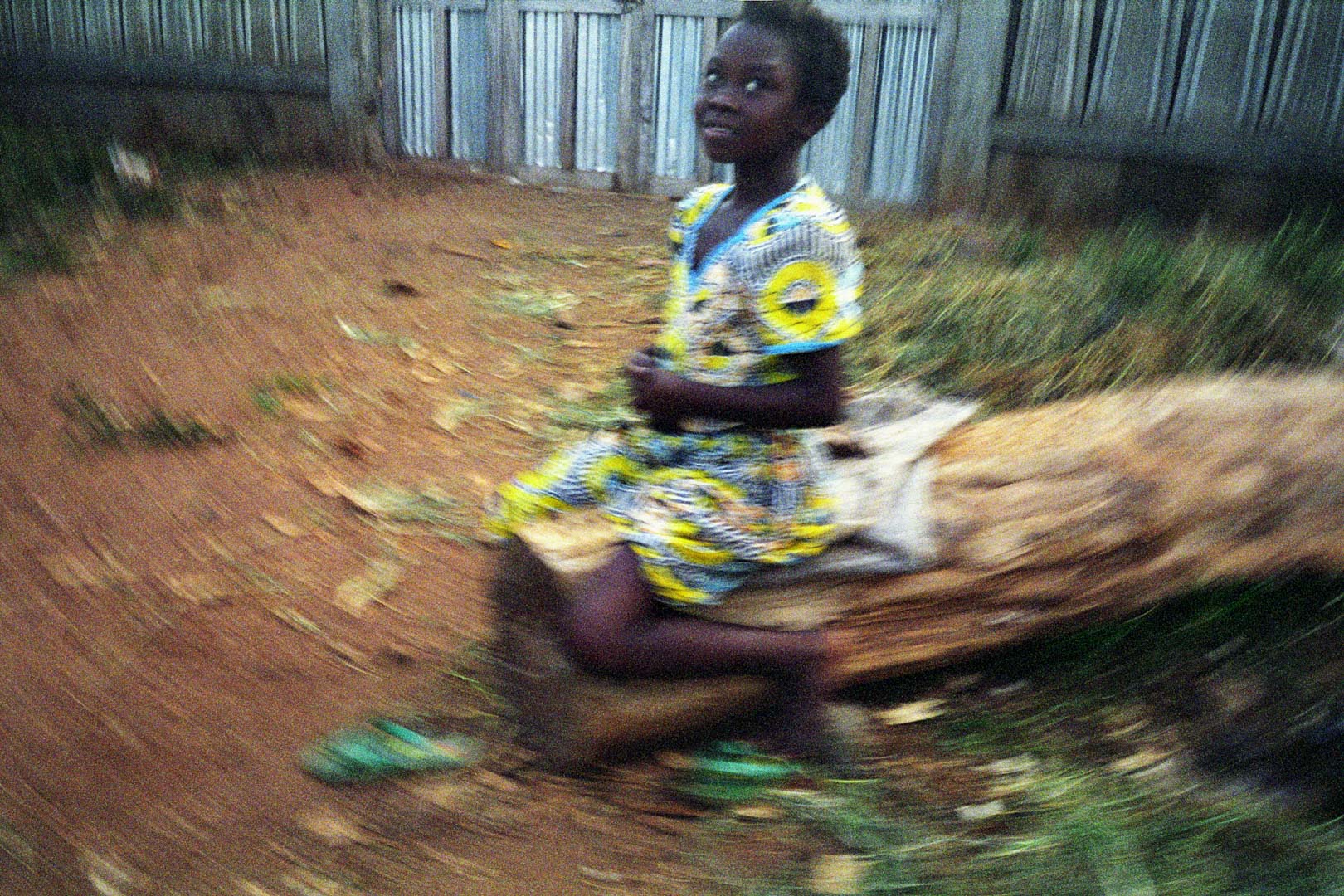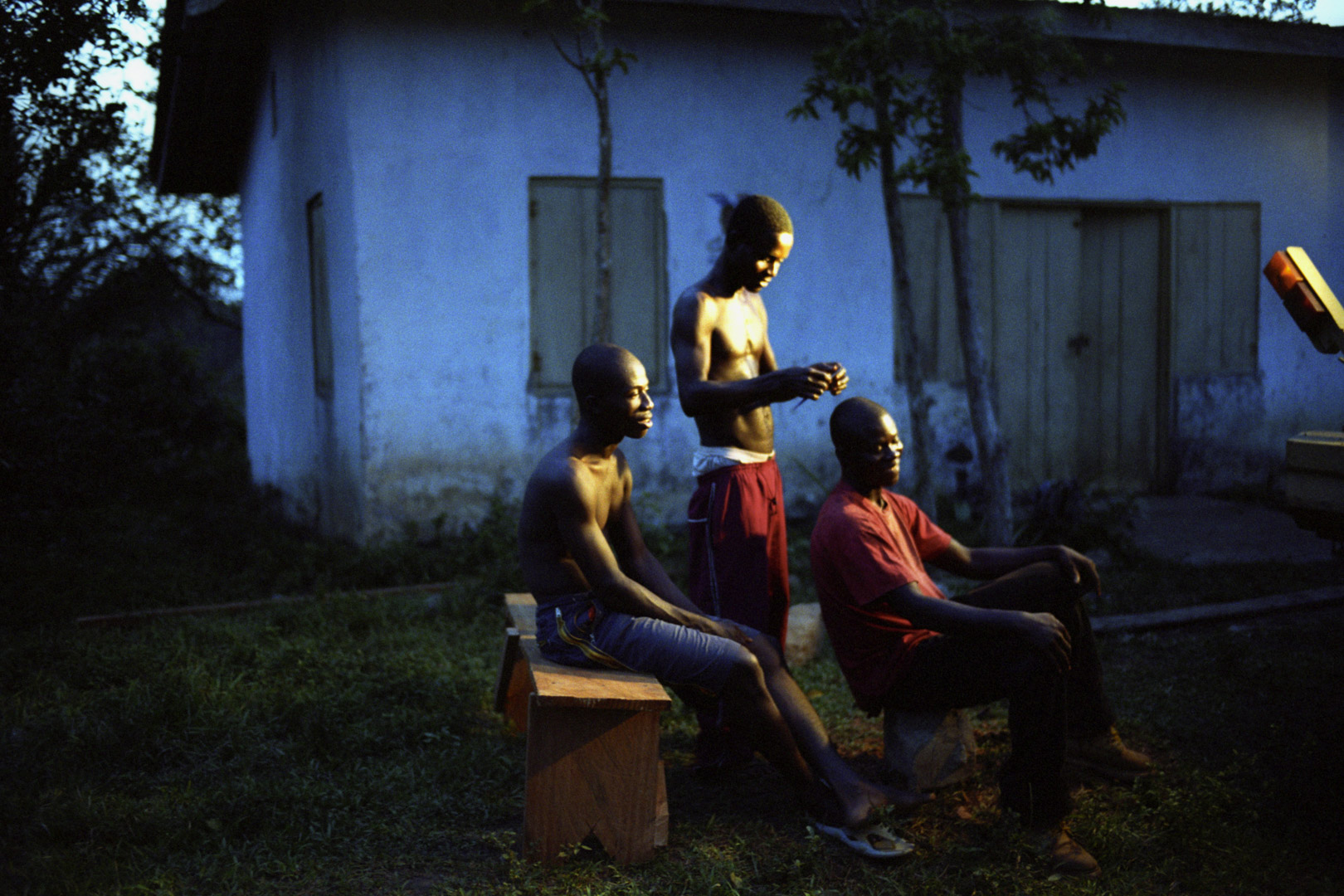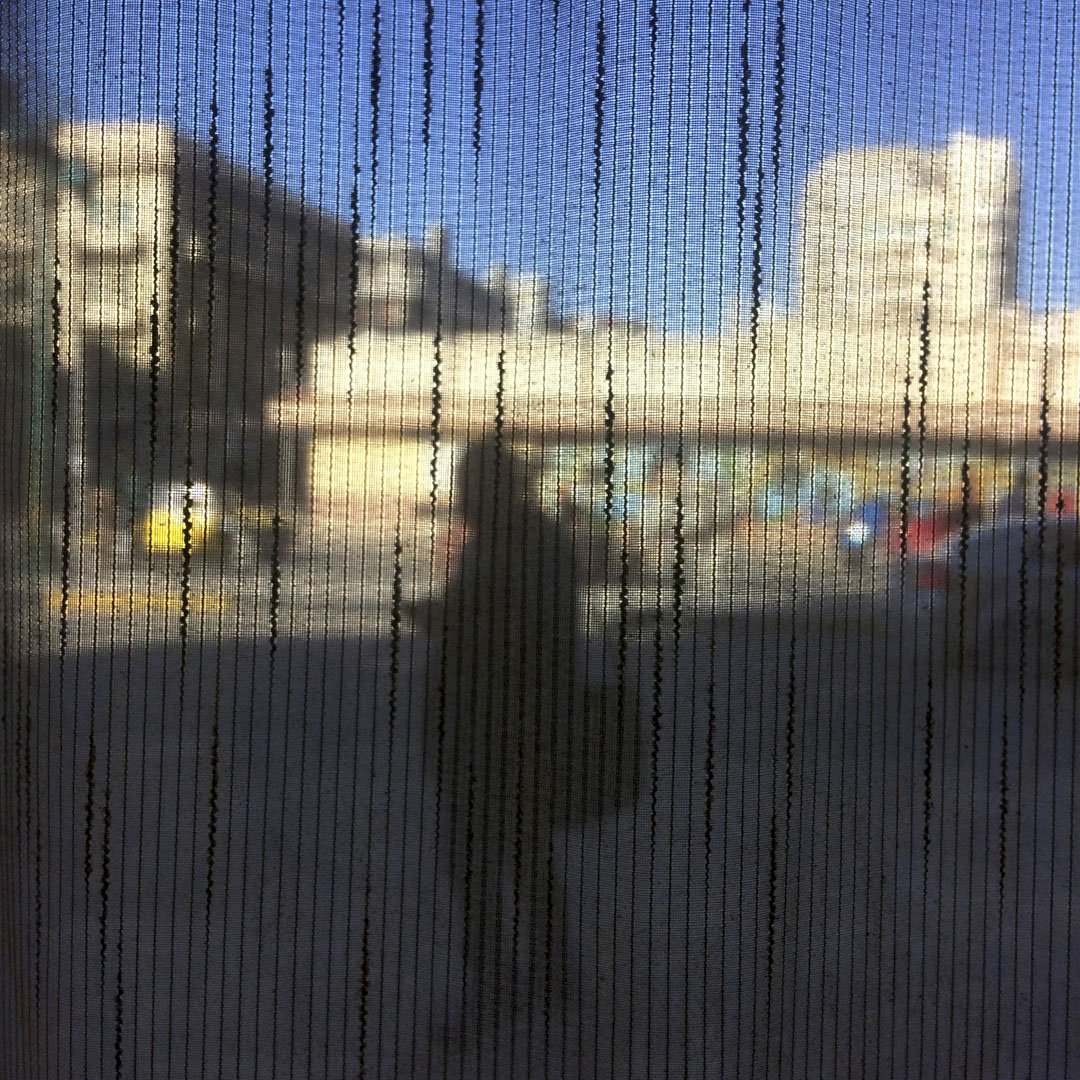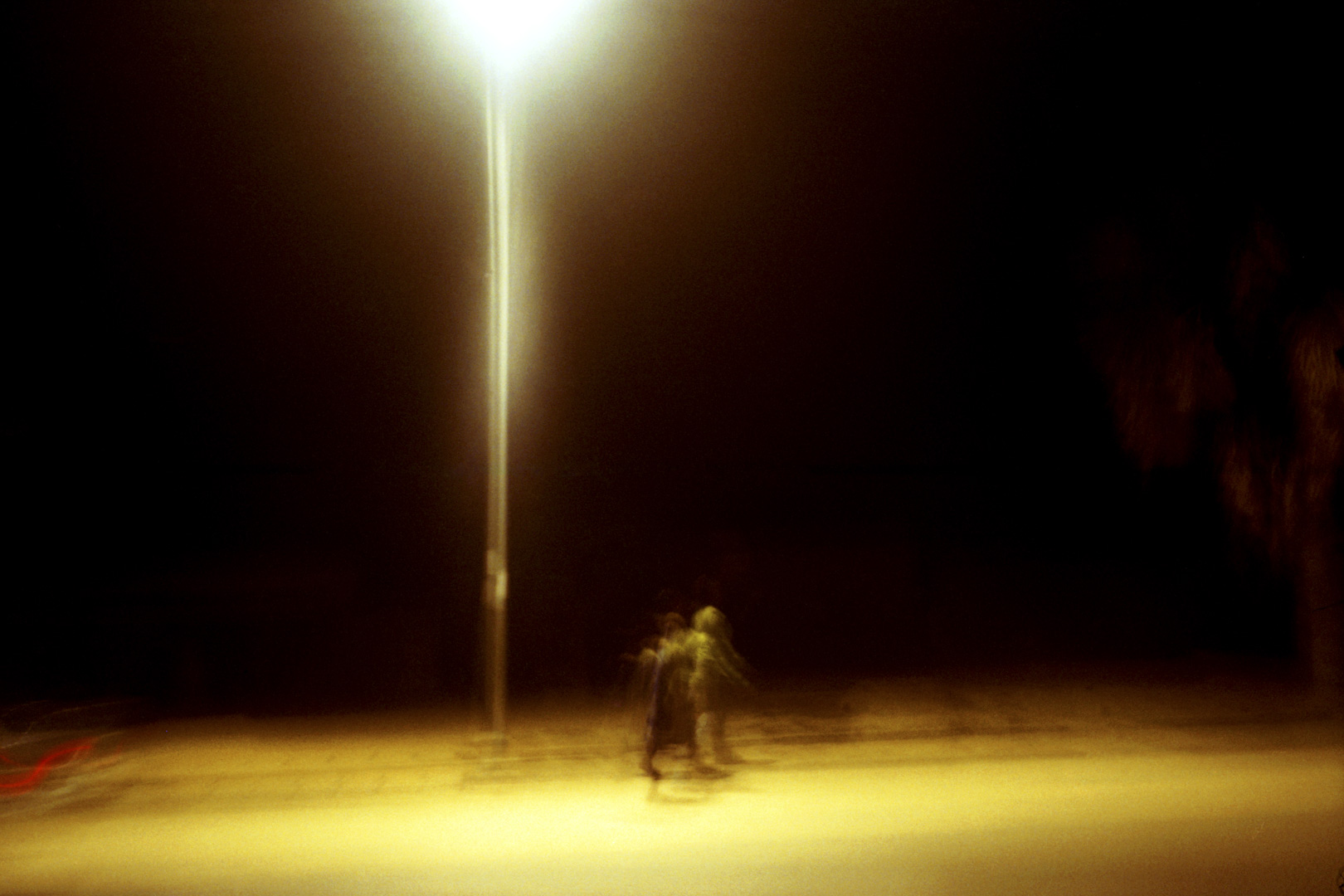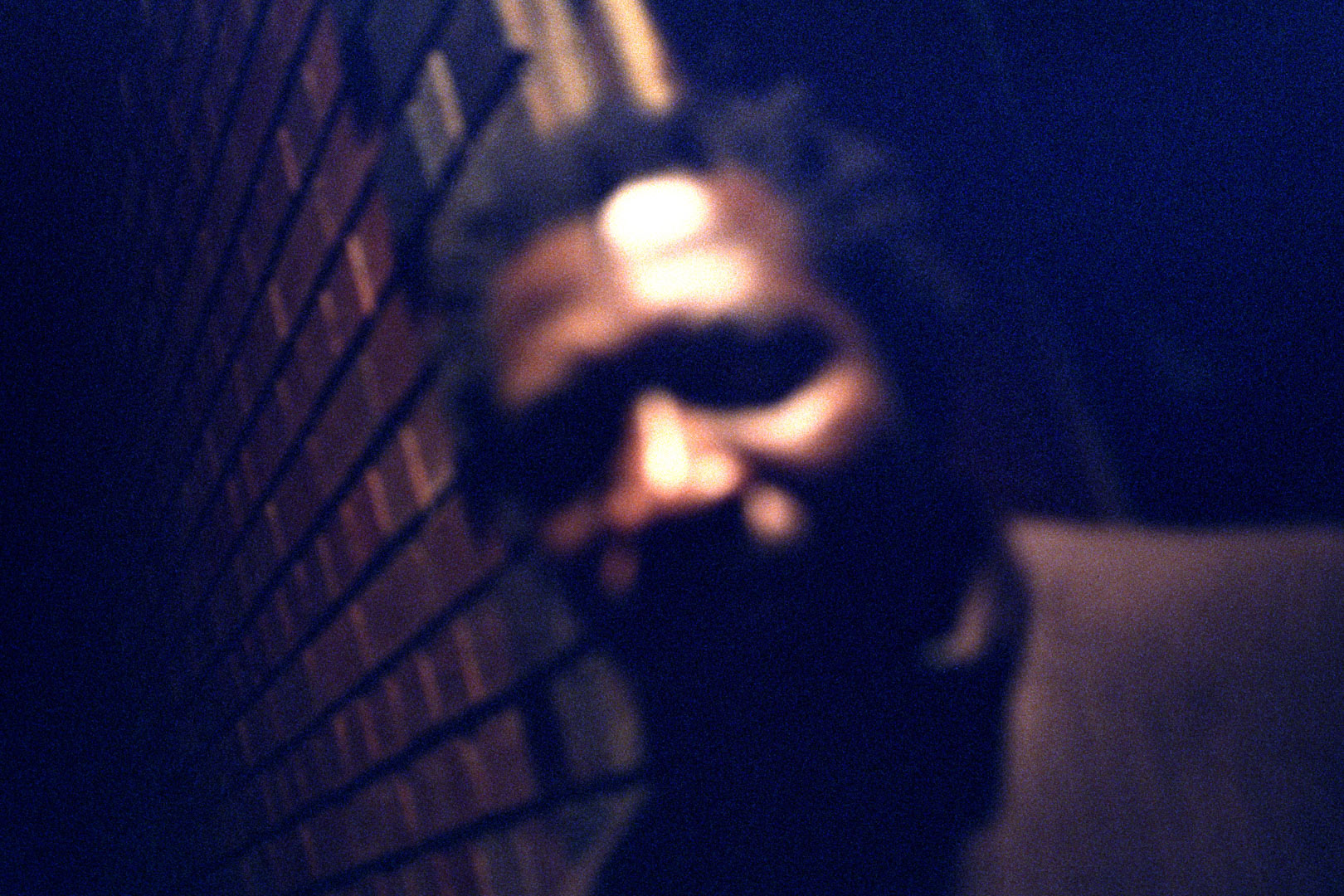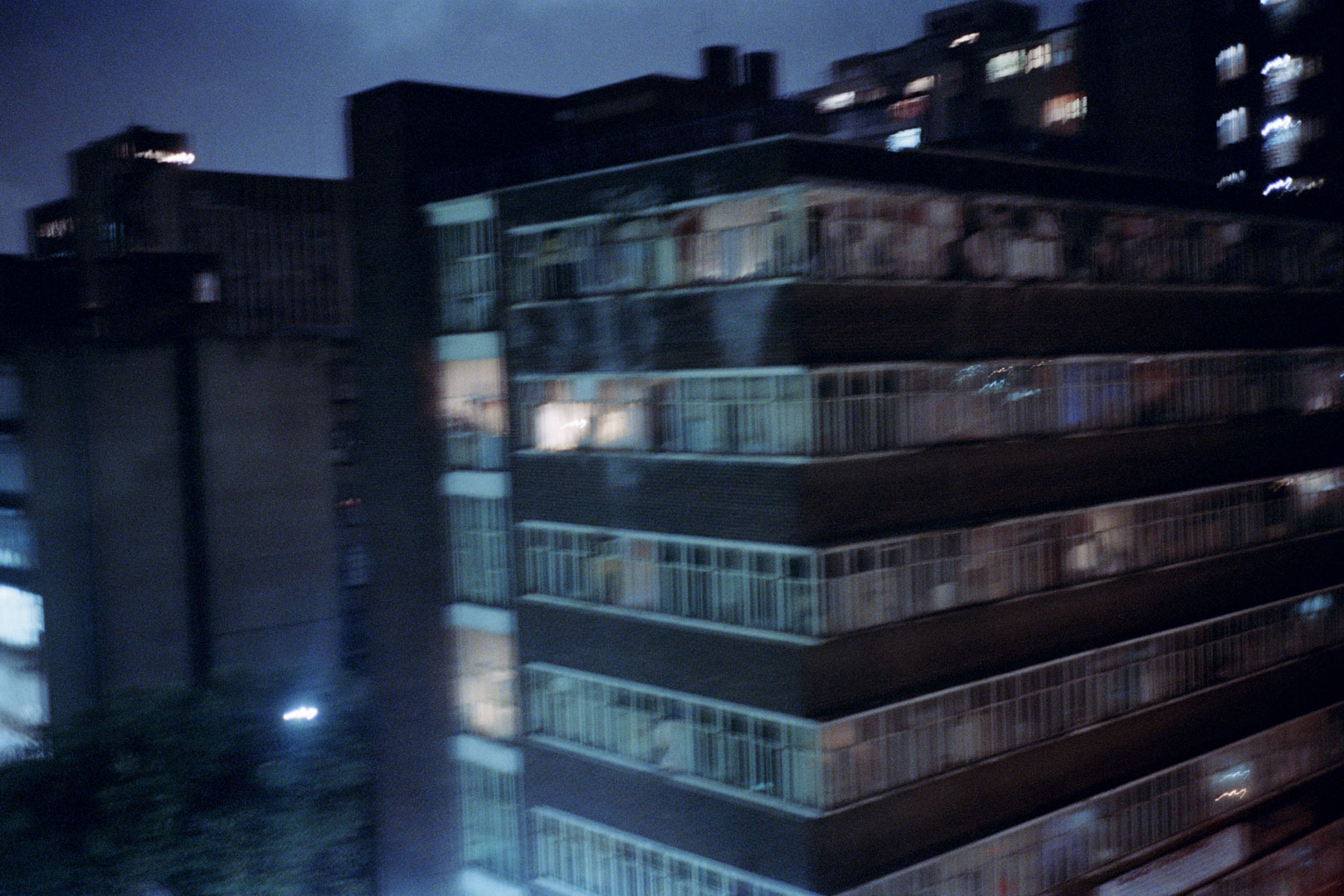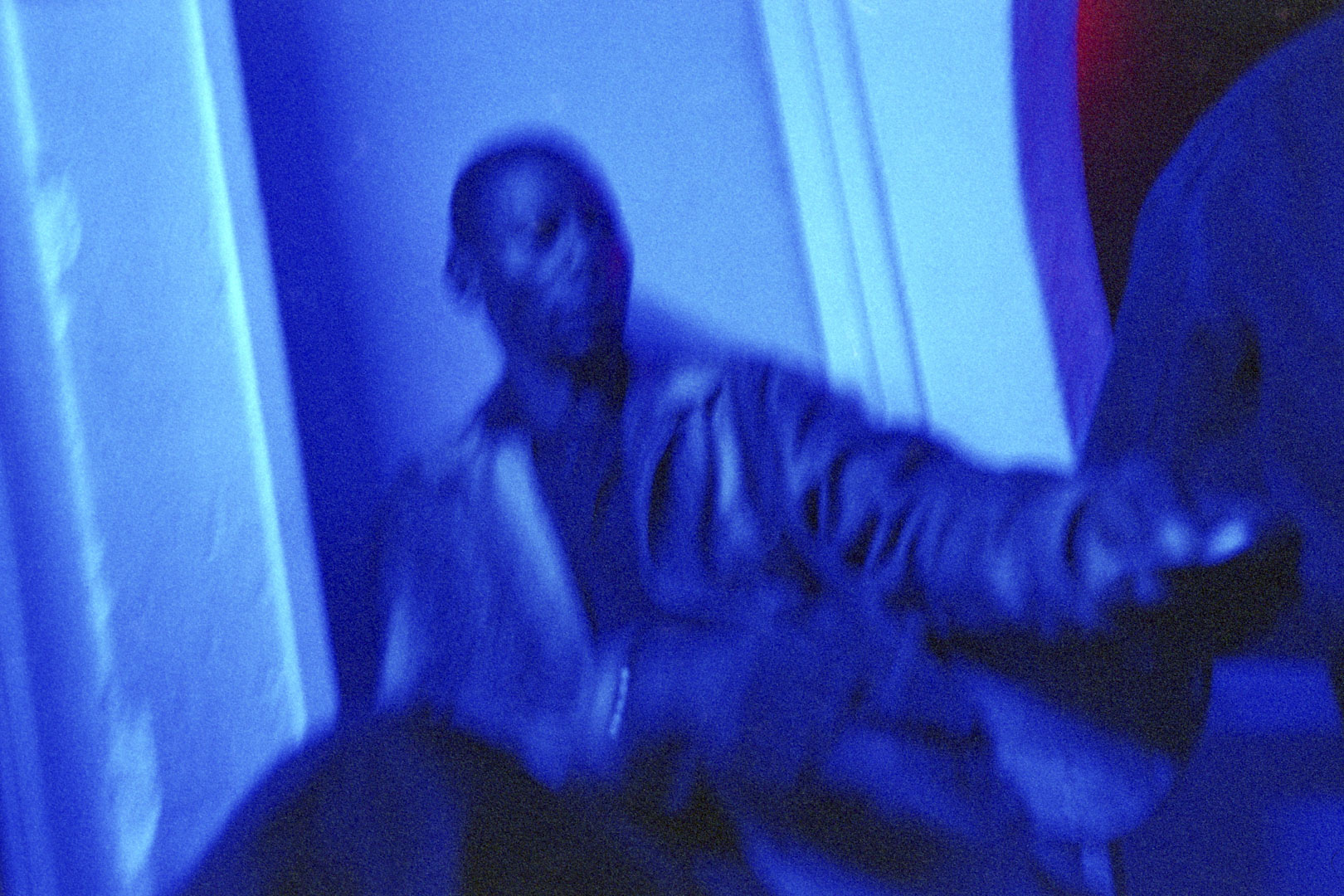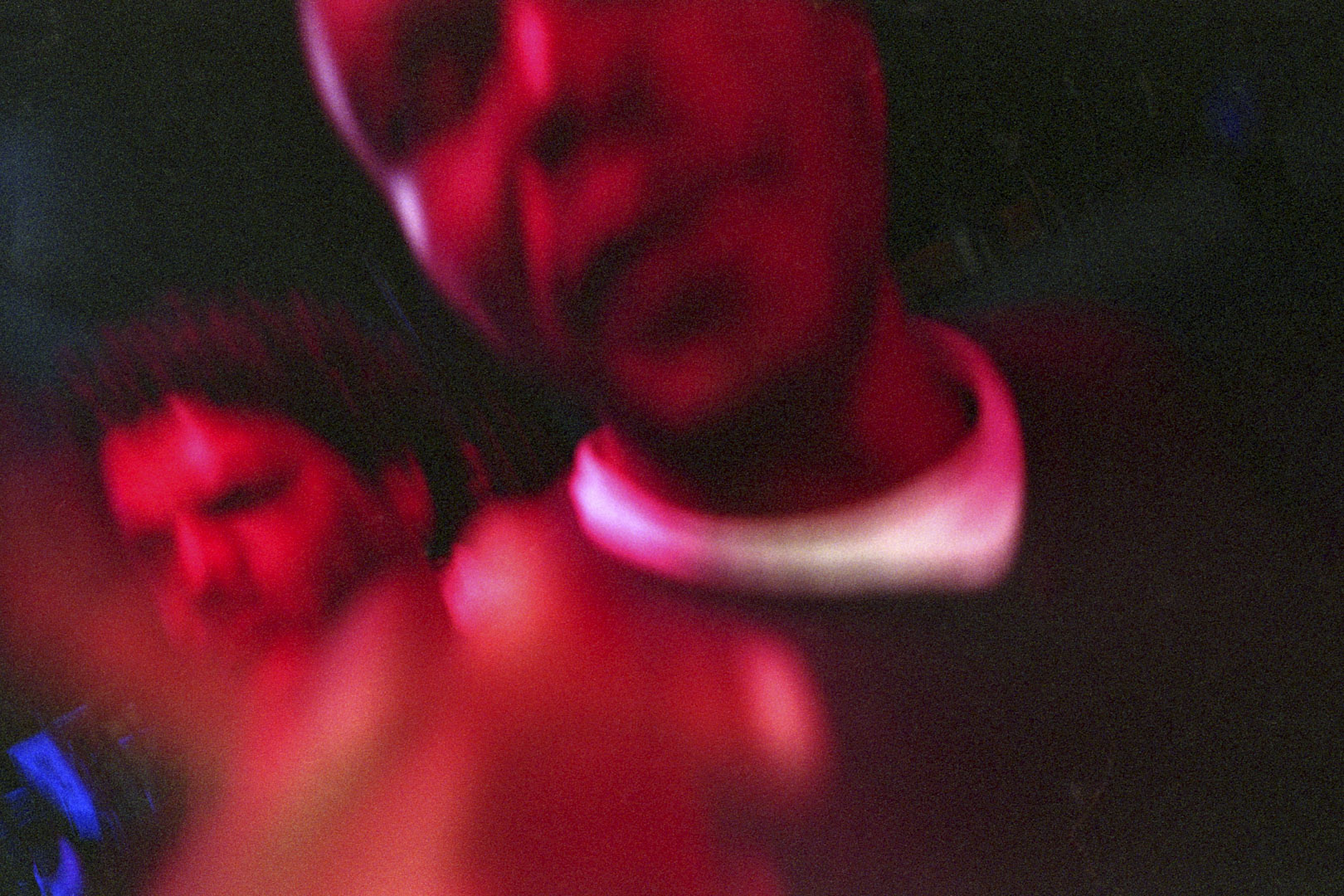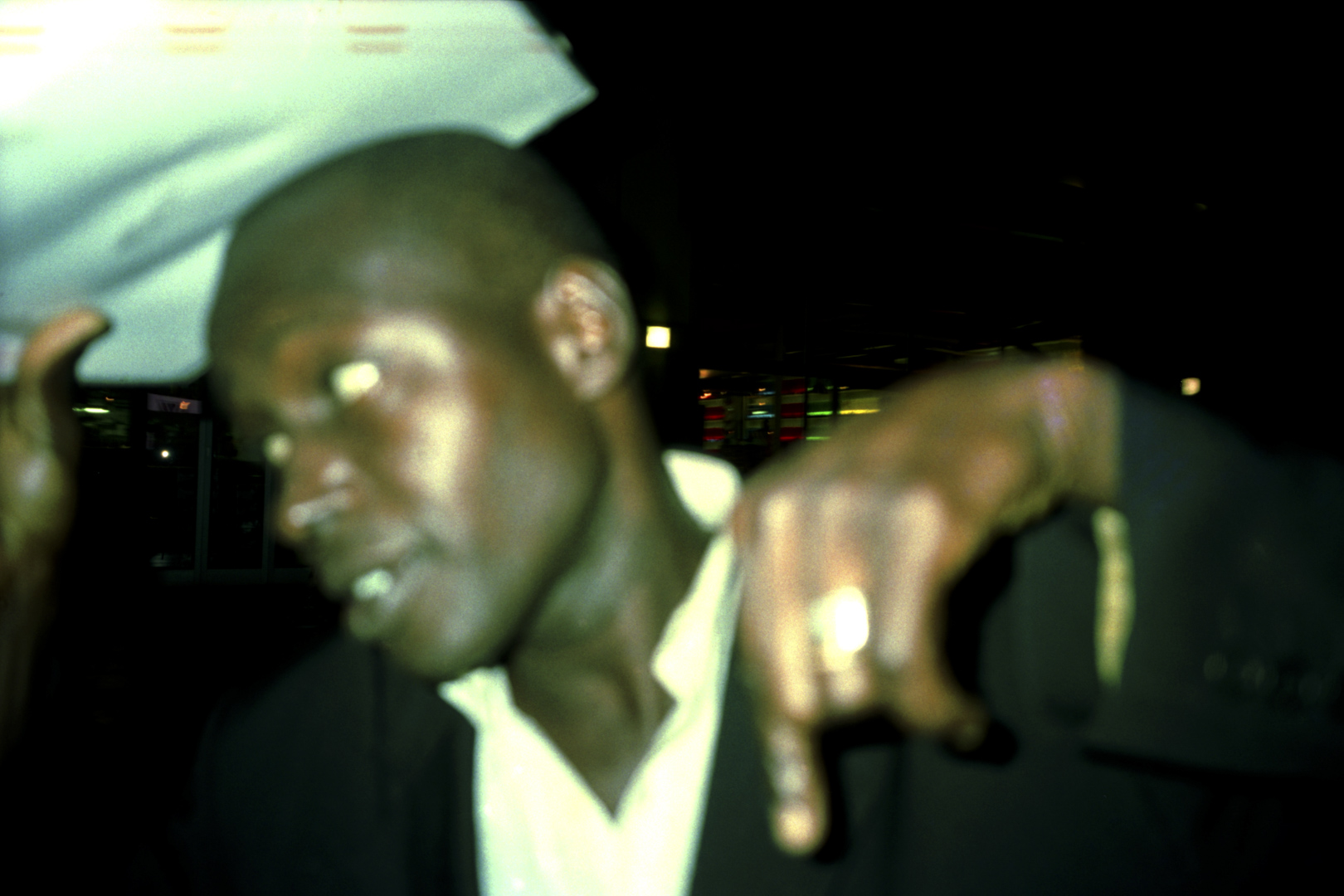Inventaire de voyage, 2020
Crossing Africa from North to South might not be considered an original idea. Yet, many explorers, travellers (Livingstone, Mungo Park, Savorgnan de Brazza) and before them many merchants (arabs, slave traders among others) have done it.
Today, there aren’t any paths that one could take freely to cross the continent. The reasons are mainly the roads, which are either inexistent or in a poor state, and the closed borders. The situation is due to the fact that African leaders, as well as the countries which make business with Africa, don’t consider this a priority. Indeed, it is easy to imagine that if trade flows followed other routes than the ones currently used (the sea and the air), there would be great roads everywhere in the continent, from North to South, from East to West.
And yet, people in Africa badly need those roads. Indeed, opening up the continent would enable its inhabitants to move about freely within their own space. One African Union’s major project was actually the building and renovation of the roads linking the various countries of the continent.
It is generally thought that the only people who dare take those roads do so because poverty drives them to leave and look for a better life in Europe. But reality is much more complex. All sorts of people can be met on African roads. I remember this man from Ghana, whom I met on the way from Dakar to Bamako – a journey I made by coach since the train had been out of order for five weeks – who worked in Dakar and was going back to Ghana to see his family ; I remember this man from Gambia who was going to look for a job in the Angolan mines ; I remember this man from Rwanda who thought he would find a job in Senegal and finally gave up and went back to Congo ; I remember all those people forced to take the road because the price of a plane ticket in Africa is so high that they can’t afford it.
Two years ago, I hardly knew Africa. Spending some time in Mali and in Niger particularly enabled me to meet the continent. While there, I had a funny feeling, as if I already knew those places, those people. The impressions I had in Niamey or Bamako are very different from the images we have of the African continent : it was neither the exotic and picturesque Africa nor the suffering Africa (war, poverty, disease). It seemed to me that there was real energy emanating from those places – that had something to do with violence, chaos, and life too – in any case it is there, undoubtedly.
When I made my last trip to Algeria in march 2003, crossing the country from East to West, I realised that my work on this country was coming to an end. And that it would quite logically be prolonged by a work on Africa. I wanted to go there, not because I intended to adopt a documentary approach, but first and foremost because – as had been the case with Algeria – I felt that my personal history was continuing there, across the Mediterranean, that it was an inner urge, and a essential one too.
This work is made within the colour for, and here I’ll quote Kandinsky, « Colour is a means to directly influence the soul. The colour is the key. The eye is the hammer. The soul is the piano with its many strings (…) Hence the harmony of colours lies clearly on the principle of efficient contact with the human soul. »
For me, the artist’s experience must not be confined to an outside approach, or to appearance, for its essence is spiritual. You can feel, you can touch this spirituality in Africa. It gives itself out to the eye, to the soul, while resisting all the way. The inner feelings are steeped in colours – an analogical way of getting to know the world – which are then converted into spiritual experiences. Thus the outside world and the inner world meet, and their meeting creates images which I call impressions and improvisations.
Hitting the « goudron », I would like to make this road I will sometimes have to invent come alive. With the pictures will come recordings by an artist, and short films that I intend to shoot in the big towns where I will stay.
At the end of this trip, an exhibition and a slide-show will be organised, and their sounds and pictures will tell about this road and this journey.
Bruno Boudjelal















